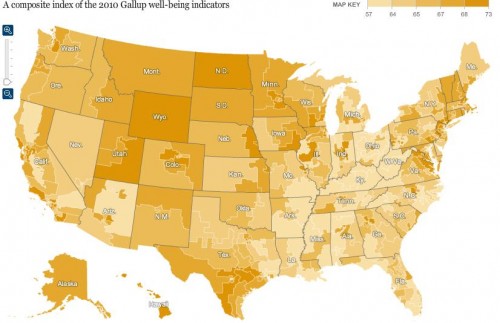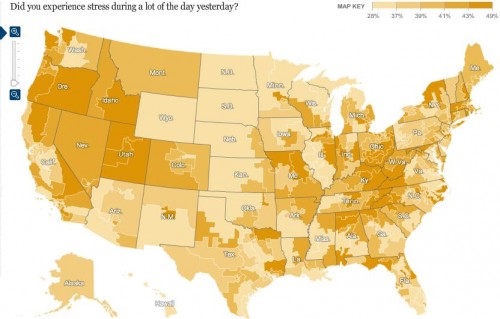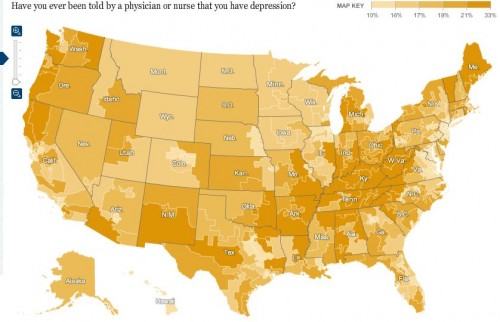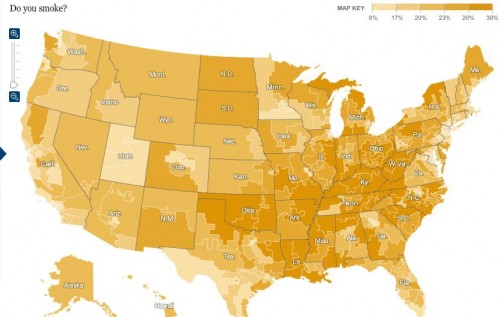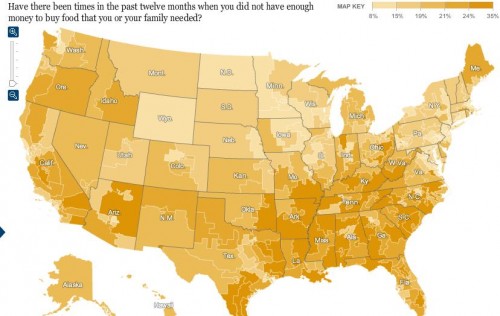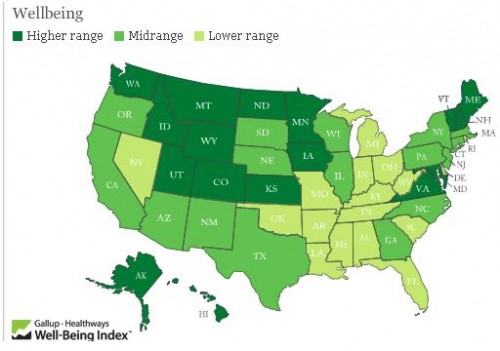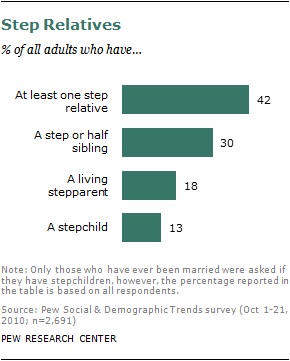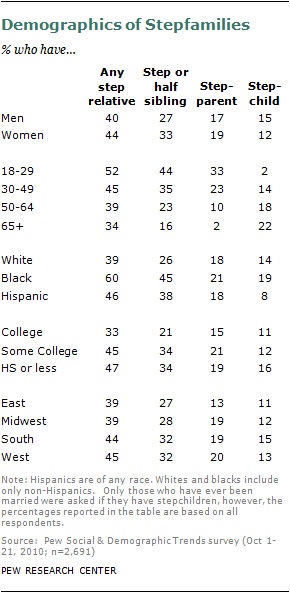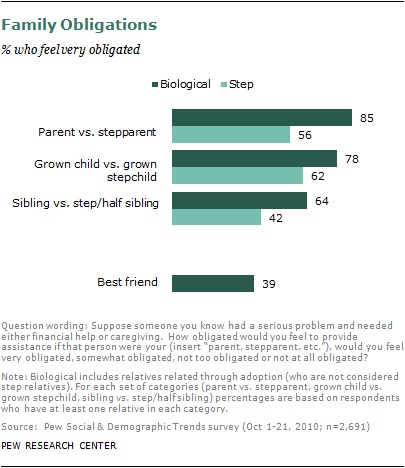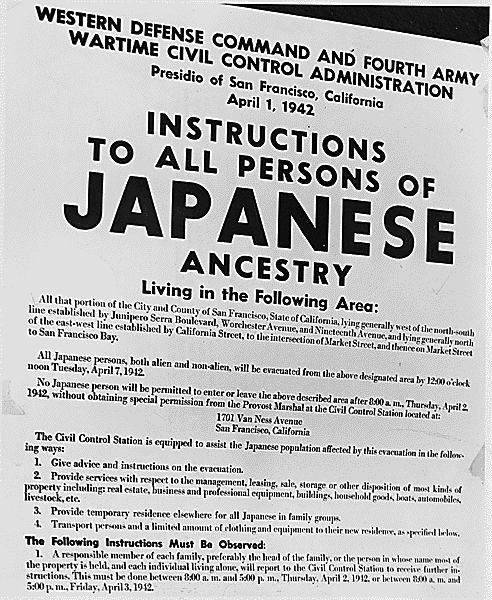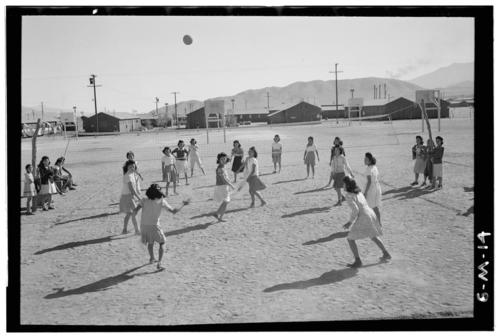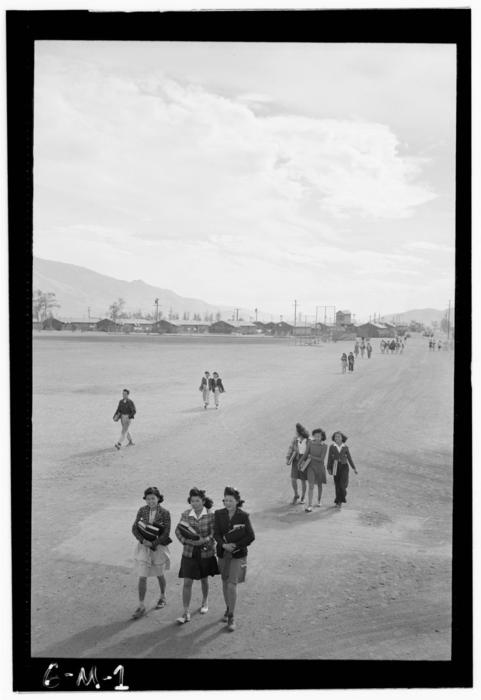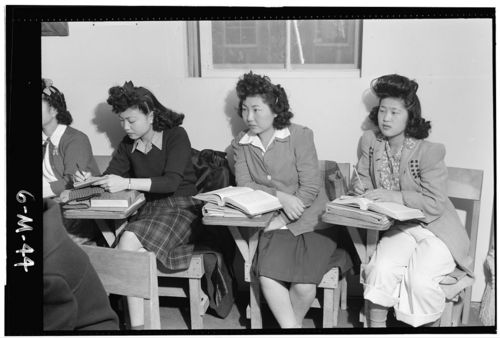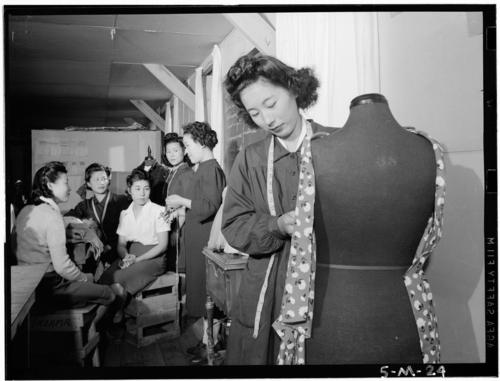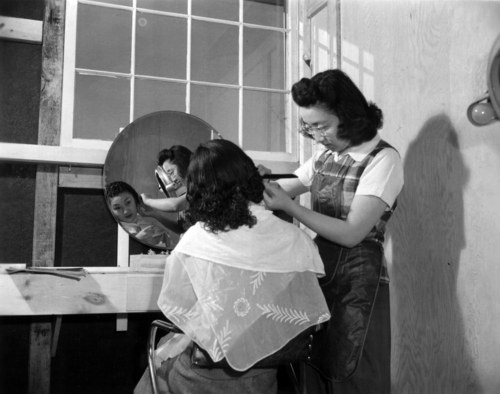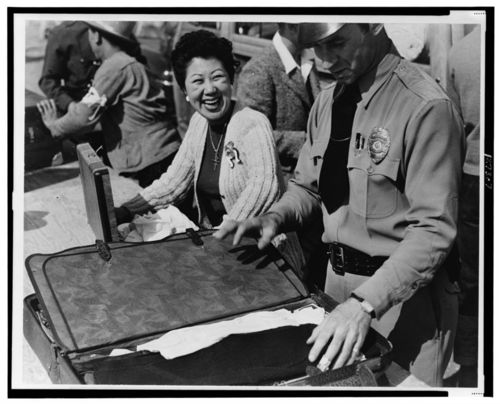Today, most Americans grow up in racially (and economically) segregated communities. When these same students come to college, however, many will live, work, and take courses with individuals who do not share their ethnic and class background. For many of these students, it will be the first time in their life to have any meaningful contact across difference.
Unfortunately, the racial harmony presented in recruitment materials is usually greatly exaggerated. Students of color experience daily racial microaggressions. Campus Safety officers often mistake them for non-students (at best) and trespassing criminals (at worst). Professors butcher their names and ignore them during most of the term (excluding the few days when the discussion shifts to hip-hop or colonization). White students dress up as People of Color for Halloween and numerous “themed” social gatherings (e.g., “Conquistabros and Navajos,” “Compton Cookouts,” and other race-mocking parties). Residence halls and bathroom stalls are consistently vandalized with racial epithets.
Unlike their homogeneous neighborhoods, then, college students are confronted with the reality of race every day. Suddenly the myths of racial harmony and colorblindness are whisked away by institutional inequity, intergroup conflict, and hostile campus climates.
And on those campuses in which university leaders fail to think proactively about race, the inevitable dynamics of racism are left to be tackled by 18-24 year olds; the same 18-24 year olds who are encountering racial difference for the first time in their lives. As the great drama of race plays out in campus newspapers, dorm rooms, classrooms, and off-campus parties. Racial identity, values, and beliefs take center stage in the minds of most students, often for the first time.
(confession borrowed from PostSecret)
Kenjus Watson is the Assistant Director of the Intergroup Dialogue Program and teaches courses in the Psychology Department at Occidental College. He received a Masters of Education from Penn State University with an emphasis in diversity and social justice-oriented Student Affairs. He writes about issues of race, gender, and sexuality in higher education.













